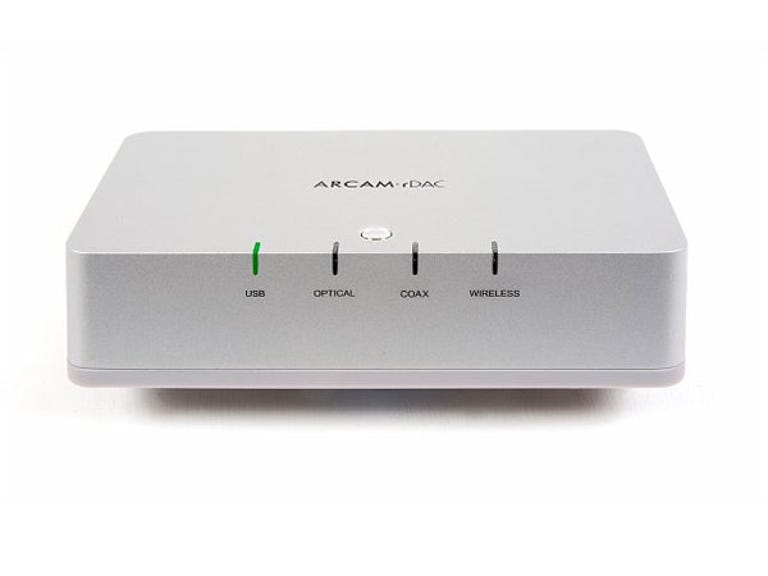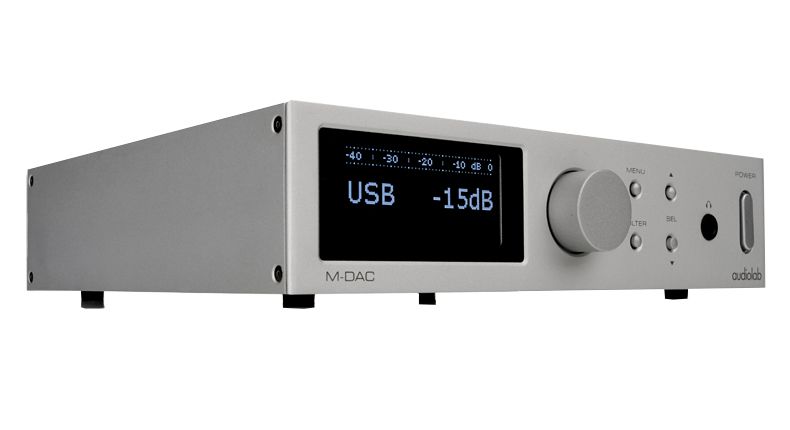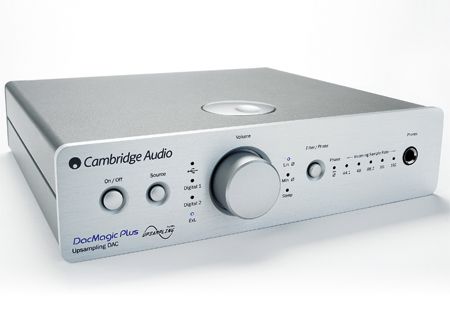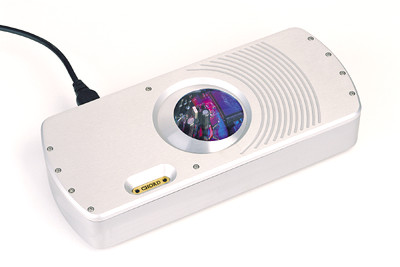Arcam has a track record when it comes to digital-to-analogue converters. In reality, the Black Box was the first ‘offboard DAC’ (as they were known at the time) when it was released in 1989. The idea of removing the DAC from the CD transport was revolutionary at the time, but it’s now commonplace, so what makes the rDAC unique? This £299 design, after all, was the first inexpensive product to include asynchronous USB. We’d seen a few USB DACs before – the category had been around for a while – but this was the first time we’d seen a little box that utilized its own internal clock to timing the data transfer, rather of relying on the computer transmitting the music down the USB line. The idea wasn’t created by Arcam; instead, it was created by dCS. However, whereas the cheapest dCS Debussy at the time cost £7,500, the new Arcam didn’t…
From the beginning, everything about the rDAC was perfect. The box was a compact (160x111x40mm) yet nicely crafted cast aluminium box with four source selection LEDs and a single chromed choice button. It was a stunning product, finished to the same high standard as something ten times the price or more, with crisp, modern industrial design and delightfully easy ergonomics. Arcam has even considered practical difficulties, fitting the unit with a little sticky rubberized base to keep it from rolling about on your equipment rack.
A Wolfson Microelectronics WM8741 DAC chip was used on the inside. This was one of the greatest converters from the current generation of 24-bit, 192kHz converters. Although the rDAC didn’t utilize this functionality, it did support up to 32 bits and functioned in both DSD and PCM-converted DSD modes. The chip also had various configurable digital filter settings, but these were not provided, making it a significantly more advanced beast than the ‘8740 that came before it. There are coaxial and optical S/PDIF connections on the back, as well as a USB input. There were analogue RCA phono outputs, as well as a power connection that connected to a packaged, tiny ‘wall wart’ power source. The rDAC KW was also available in a wireless version, which connected to Arcam’s rWave wireless USB dongle or rWand iPad/ iPod dongle. There was also an antenna socket in this enclosure.
For the price, the rDAC sounded fantastic. It was the greatest at the time; no other £300 DAC could compare, especially with USB, which benefited from its asynchronous control. It has a characteristic Wolfson sound to it, light and open but with a warm, fluffy bass. It had good rhythm, bouncing along in a really melodious style contrasted to some of its cheaper competitors, who sounded a little too cautious. The rDAC was spatially remarkable, with a large soundstage and a pleasant depth perspective. The Arcam was slightly opaque in absolute terms, with a foggy midband and a forced feel to its timing. But, most importantly, it was enjoyable to listen to and never harsh or unpleasant. The addition of an aftermarket power source, such as the MCRU, smoothed out and opened up the rDAC significantly, allowing it to compete with the normally powered Audiolab M-DAC, which is significantly more expensive.
The Arcam rDAC is a beautiful little device that is now available secondhand for roughly £150. It hasn’t really been surpassed since I switched to pixel in 2014, and you’ll never get tired of its lovely appearance and ease of usage. To really outclass it, you’d have to spend £500 or more on a Rega DAC or Audiolab M-DAC.







